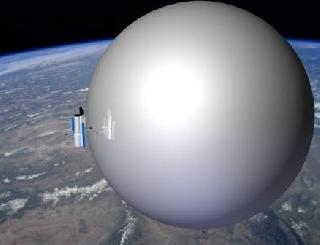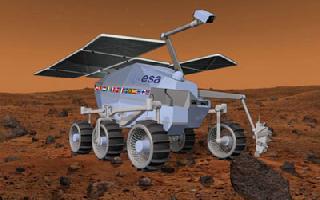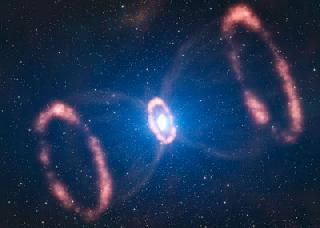
A giant balloon could drag satellites and space telescopes into Earth's atmosphere at the end of their lives (Illustrated image: Global Aerospace Corporation/NASA)
NEW DELHI (BNS): Helium balloons could help clear out space debris by dragging defunct satellites down to Earth, according to a team of engineers.
The Global Aerospace engineers said, one way to prevent collisions of a dead satellite with an orbiting spacecraft is to have satellites fire their own engines at the end of their useful lives in order to push themselves into Earth's atmosphere, where they would be incinerated.
They said any new satellite could be launched with a folded-up balloon stowed on board. Once the satellite reached the end of its useful life, the balloon would fill with helium or another gas, creating extra drag as the balloon collided with Earth's tenuous outer atmosphere.
The engineers said a balloon 37 metres across would take just one year to drag a 1200-kilogram satellite from an initial orbit of 830 kilometres to an altitude low enough to burn up in the atmosphere. Without the balloon, this would take centuries.
The balloon and the equipment needed to inflate it would add just 36 kilograms of mass to the satellite, less than the amount of fuel that would be needed to de-orbit it without the balloon, they said, adding, balloons would be a cheaper way to solve the problem.
Kristin Gates of the Global Aerospace Corporation in Altadena, California, recently presented the idea at the Astrodynamics Specialist conference in Toronto, Canada, according to a report by the New Scientist.
In 2009 a dead satellite wandered into the path of a still-functioning satellite destroying the craft which resulted into thousands of pieces of new space junk.
Brian Weeden of the Secure World Foundation in Washington DC, which promotes the peaceful use of space, said the concept sounds feasible but added that it would not work for all satellites - geostationary satellites orbit 36,000 km above Earth, where there is too little gas to provide the necessary drag.
 Previous Article
Previous Article Next Article
Next Article













The Indian Air Force, in its flight trials evaluation report submitted before the Defence Ministry l..
view articleAn insight into the Medium Multi-Role Combat Aircraft competition...
view articleSky enthusiasts can now spot the International Space Station (ISS) commanded by Indian-American astr..
view article